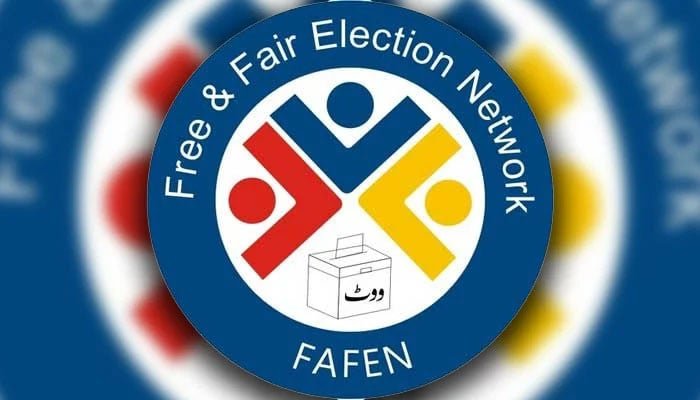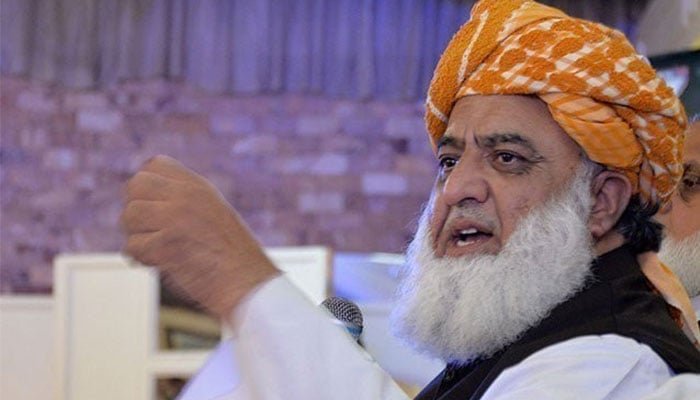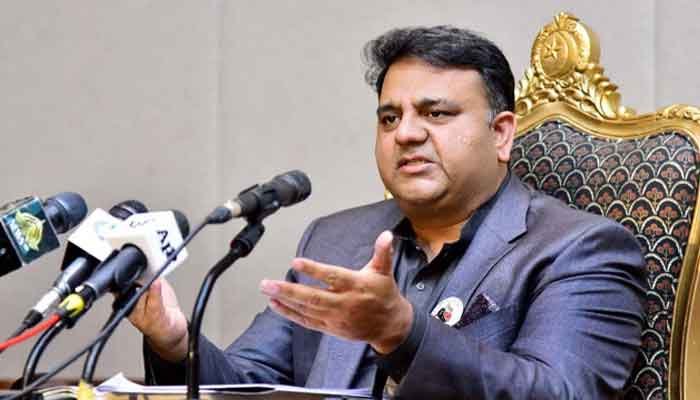The Free and Fair Election Network (FAFEN) has issued a comprehensive report on voter registration trends in Pakistan, revealing a record inclusion of 12.8 million voters in the electoral lists. Notably, there is a significant surge in women’s voter registration, marking an increase since the 2013 elections.
Since the 2013 elections, there has been an additional 42.3 million registered voters, bringing the total number of voters to 53.2% of the country’s population. In contrast, the registered voter ratio was 49.6% in 2018.
Breaking down the figures by province, Punjab leads with 57%, followed by Khyber Pakhtunkhwa with 53%, while both Sindh and Islamabad have voter populations accounting for approximately 50%. Balochistan lags behind with only 36% of its population registered as voters.
Out of the 78 districts, half have voter populations, while 49 districts have voter populations ranging from 30% to 50%. Nine districts have less than 30% registered voters. Among the 159 constituencies, 50% of the population are registered voters, while 57 constituencies have less than 50%, and five have less than 30%.
The report highlights a significant shift in gender dynamics, indicating an increase in women’s voter registration. The gender gap, which was 11.8% in 2018, has now reduced to 7.7%. Among the newly registered 22.5 million voters, 12.5 million are women, and 10 million are men.
Provincially, the report identifies 85 constituencies where the gender gap was over 10%, and this has now decreased to 24 constituencies. Of these, 12 are in Khyber Pakhtunkhwa, 11 in Balochistan, 10 in Sindh, and 5 in Punjab.
Moreover, the largest gender gap of 50 lakh voters exists in Punjab, followed by Sindh with 22 lakh and Khyber Pakhtunkhwa with 19 lakh. These provinces, however, have an overall gender gap of less than 10%.
Balochistan remains the only province with a gender gap exceeding 10%, amounting to 6 lakh. Interestingly, the registered voters in the 65 age group in Balochistan are predominantly male.
In terms of age groups, the report reveals that there is a significant gender gap of 20% between male and female voters in the 18 to 25 age group. Within the 26 to 35 age group, male voters outnumber female voters by 8%.
FAFEN’s report sheds light on the evolving voter registration landscape in Pakistan, emphasizing the increase in overall voter inclusion, a decrease in gender disparities, and the need for continuous efforts to ensure a fair and representative electoral process.



